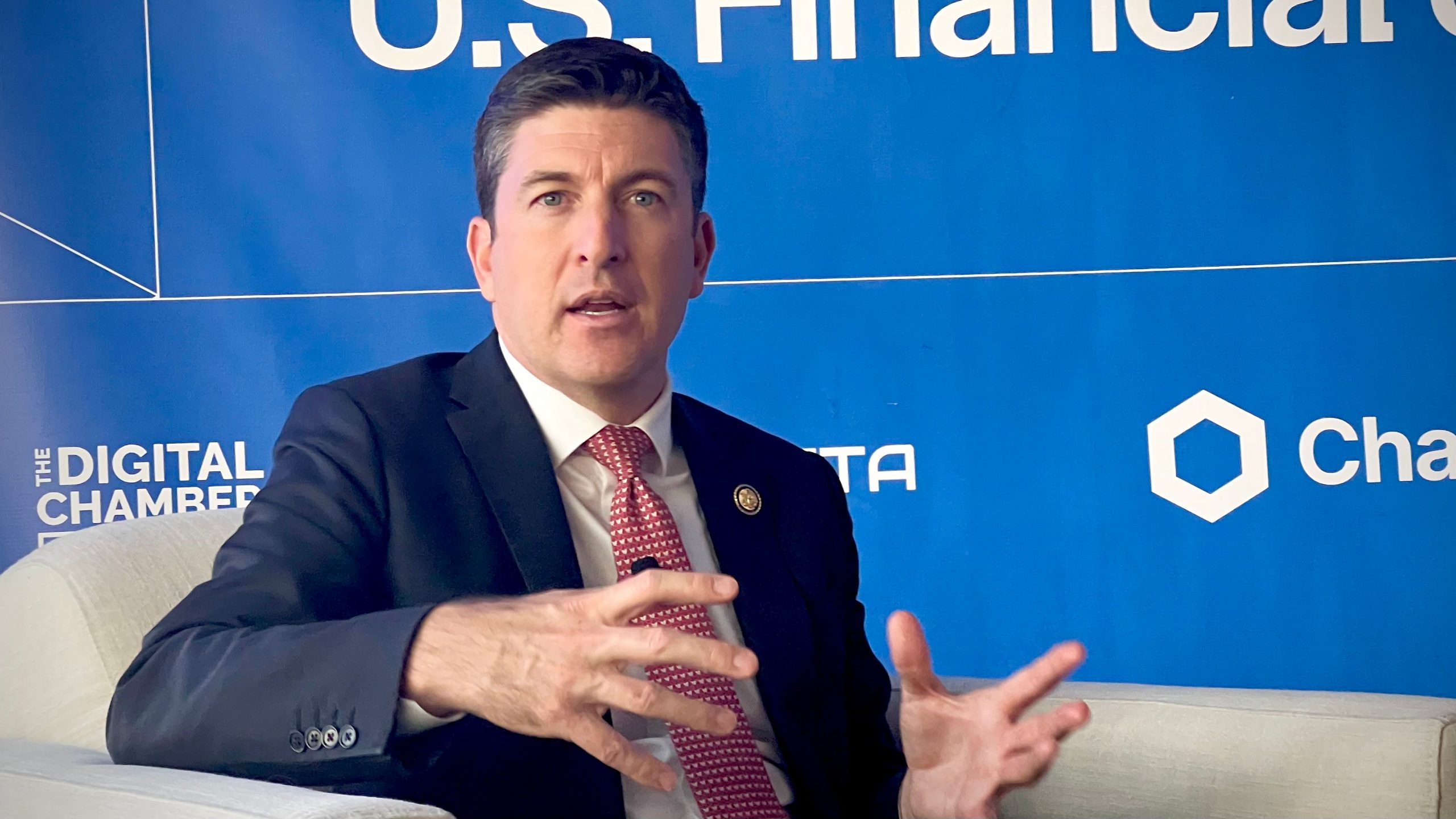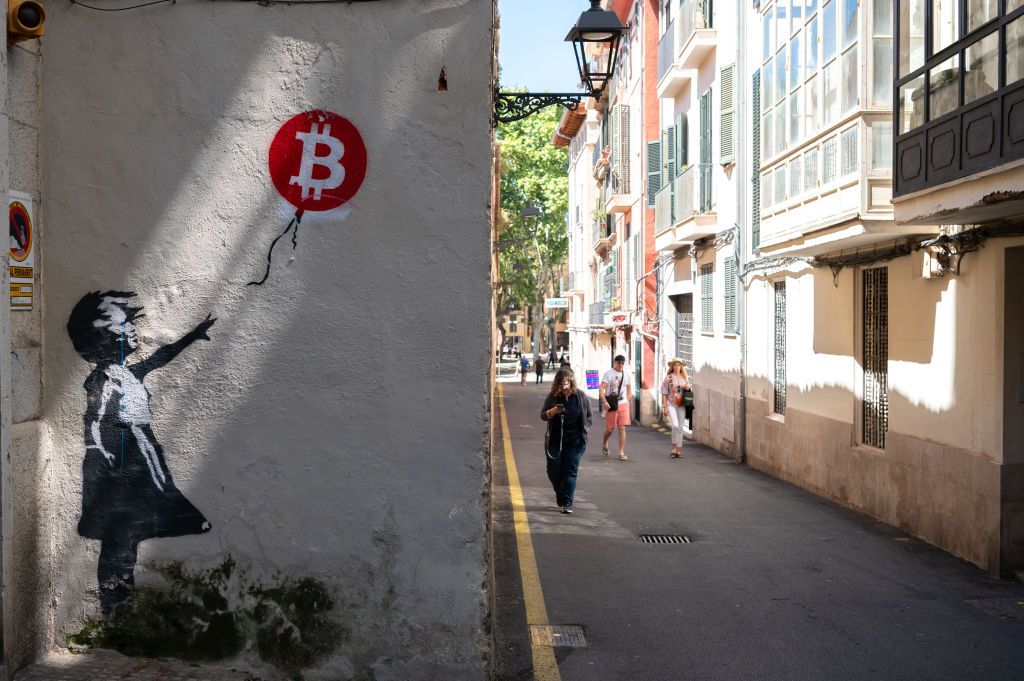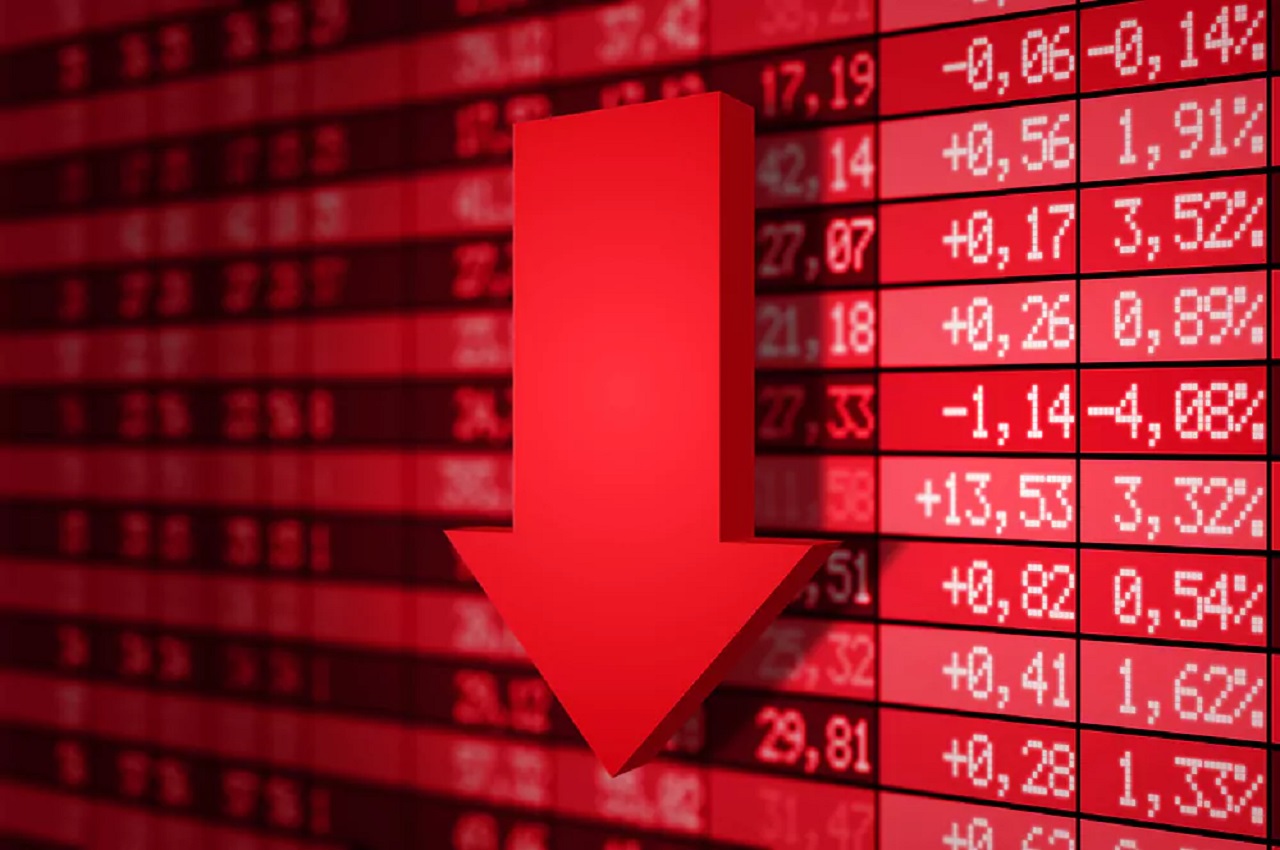Aave Demonstrates Resilience Amid Market Volatility
The decentralized lending protocol Aave effectively managed millions in liquidations on Monday, successfully avoiding any new instances of bad debt. This remarkable achievement highlights Aave’s robustness during periods of market turbulence, as reported by data analytics firm Chaos Labs.
Early Monday, the cryptocurrency market experienced a significant downturn, with Bitcoin (BTC) plummeting from nearly $100,000 to around $91,000. This decline was primarily driven by escalating concerns regarding a potential trade war involving the United States and its major partners, including Canada, Mexico, and China, which sent ripples of uncertainty through the financial landscape. However, the situation took a turn later in the day when President Donald Trump announced a 30-day pause on tariffs targeting Mexico.
This volatility prompted a strong two-way price action that led to substantial margin shortages, resulting in massive liquidations across both centralized and decentralized trading platforms. Aave stood out during this tumultuous period, processing a staggering $210 million in liquidations—the highest single-day total since the market crash on August 5, according to the data collected.
More notably, Aave managed to evade the accumulation of new bad debts. Bad debt arises when borrowers default on their loans and the collateral provided is not enough to cover the outstanding amounts. The risk of bad debt typically escalates during volatile market conditions, as sharp price drops coupled with weak demand can hinder effective liquidation of collateral.
Chaos Labs stated, “Liquidations were executed efficiently across the protocol, predominantly on the Ethereum Main instance. The robust risk management mechanisms within Aave ensured that the collateralized positions were settled as intended, which helped minimize potential losses for the protocol.”
Aave’s performance during this market stress test showcases the efficiency of its risk-control measures and liquidation processes. Notably, the existing bad debt within the protocol even saw a decline of 2.7% due to the depreciation in the value of the debt assets.
Pseudonymous DeFi analyst leo praised Aave’s performance as a testament to the strong foundation of decentralized finance (DeFi), emphasizing the importance of “rigorous collateral selection and management through governance, efficient protocol design for liquidations, and thick liquidity pools within the ecosystem.”
Looking ahead, impending upgrades such as Aave v3.3, v4, and the Umbrella updates signal a promising trajectory for the DeFi sector. Version 3.3, announced in December, introduces a feature that allows for the recording and clearing of uncollateralized bad debts resulting from liquidations. This will enable Umbrella, an automated debt-management system, to effectively manage risk and reduce the protocol’s liabilities. Additionally, this version aims to control the accumulation of so-called “dust debt,” which comprises small amounts of debt that are challenging to clear or liquidate due to their minimal value.







